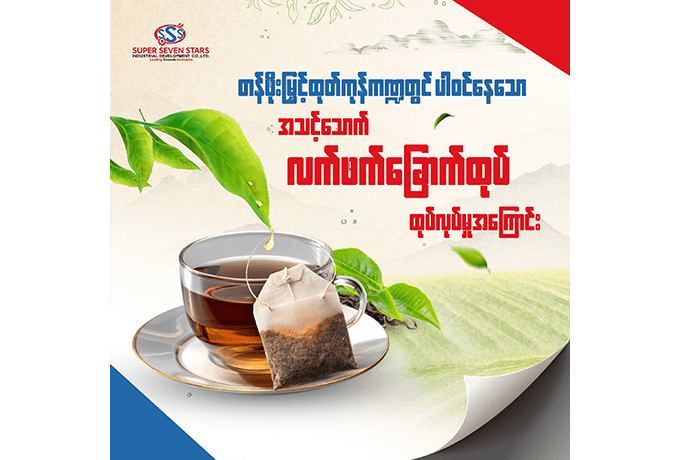The Production of Dried Tea in the Value-Added Products Sector
Tea-drinking culture, which originated in China, has spread globally and remains a daily ritual for many. Over the years, tea consumption patterns have evolved, yet the love for this beverage persists.
Evolution of Ready-to-Drink Tea
In 1908, a tea merchant in New York unexpectedly discovered the convenience of ready-to-drink tea packages. These dried tea packages, easily transported, have become a staple, packaged in paper, cotton, and silk bags.
Process of Making Dried Tea
Producing dried tea involves several systematic steps:
- Withering
- Rolling
- Fermentation or Oxidation
- Drying
- Cutting and Sifting
- Packaging
Advanced Tea Pack Manufacturing Machinery
At Super Seven Stars Industrial Development Company Limited, we enhance productivity with world-class machines that meet international standards. Our machines simplify the production of dried tea and tea-related food products.
Tea Pack Manufacturing Process
A tea pack manufacturing machine converts raw tea leaves into packaged tea bags ready for distribution through the following steps:
- Feeding and Dosing
- Raw Material Feeding: Bulk tea leaves are fed into the machine hopper.
- Dosing System: Ensures the correct amount of tea leaves are measured and dispensed into the tea bags using volumetric or gravimetric methods.
- Bag Forming
- Bag Forming Roll: A roll of filter paper is fed into the machine.
- Forming the Bag: The filter paper is folded, cut, and sealed to create a pouch.
- Filling
- Tea Filling: Measured tea leaves are dispensed into the formed tea bag, ensuring uniformity.
- Sealing
- Heat Sealing: The top of the tea bag is sealed using heat or ultrasonic sealing.
- Thread and Tag Attachment: For tea bags with strings, a thread and tag are attached using a knotting mechanism or heat-sealing.
- Cutting
- Cutting the Bags: The continuous strip of filled and sealed tea bags is cut into individual units.
- Packaging
- Primary Packaging: Individual tea bags are wrapped in a protective envelope or foil.
- Secondary Packaging: Wrapped tea bags are packed into boxes or cartons.
- Coding and Printing
- Date and Batch Coding: Batch numbers, manufacturing dates, and expiry dates are printed on the tea bags or packaging.
- Quality Control
- Weight Check: Ensures each tea bag has the correct weight.
- Visual Inspection: Automated systems inspect for proper sealing and uniform filling.
- Output and Collection
- Collection: Finished tea bags are collected for further packaging or direct distribution.
- Maintenance and Cleaning
- Regular Maintenance: Ensures the machine is clean and well-maintained for smooth operation and to prevent contamination.
Super Seven Stars Industrial Development Co., Ltd. provides high-tech machinery and support for entrepreneurs interested in starting or upgrading their tea-related products. For more information, please contact our Hotline at 09-940844255 or email us at info@sssindustrialdevelopment.com.

